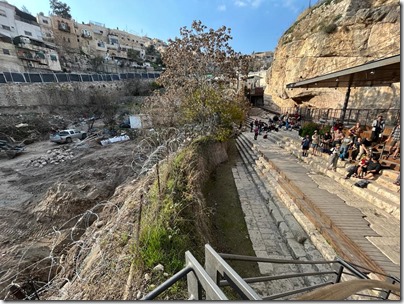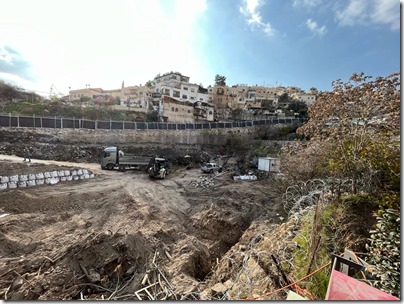Scholars have long wondered if an Amorite language existed, until the discovery of two tablets written at least partially in the language.
“An archeological site at Girsu, in modern-day south-central Iraq, a major city in the ancient Mesopotamian civilization of Sumer, has been unearthed revealing a palace and a temple that date back over 4000 years.”
Egyptian police discovered a fake tomb created to defraud antiquities traffickers.
Kim Phillips addresses questions of what’s real and what’s hype in the sale of Codex Sassoon.
Eric Cline explains how the recently discovered evidence of a drought in 1198-1196 adds to our knowledge of the collapse of the Hittite Empire and other societies.
France 24 shows drone footage of the earthquake damage to Turkey’s Gaziantep castle.
“It’s still an open question among scholars whether Mycenaeans participated in long-distance metallurgical trade in the Bronze Age. The mythological narratives found in Greek literary tradition suggest they did.”
“The UK is working on a new arrangement with Greece through which the Parthenon Sculptures could be seen both in London and in Athens.”
Greece has announced a four-year renovation project of the National Archaeological Museum in Athens.
Online lecture on Feb 28, 10am: “Excavations at Nineveh and Nimrud in 2022.” Join by Zoom here, or watch the recording a few days later here.
New York tells the story of Michael Steinhardt and the investigation of his antiquities collection.
New release: The Most Extraordinary Life: Discovering the Real Jesus, by Bob Rognlien. Also on Kindle.
My colleague William Varner has just published his latest work, The Preacher and the Song: A Fresh Look at Ecclesiastes & Song of Songs.
HT: Agade, Explorator, Arne Halbakken, Gordon Dickson, Alexander Schick, Ted Weis

